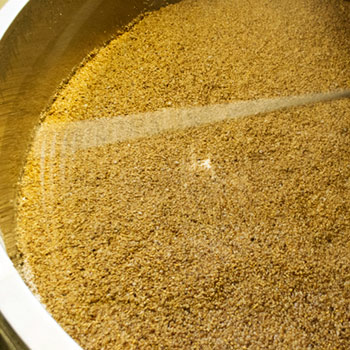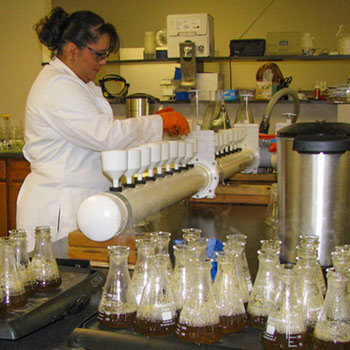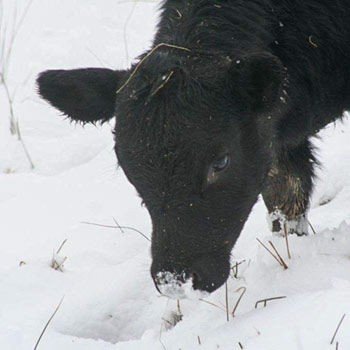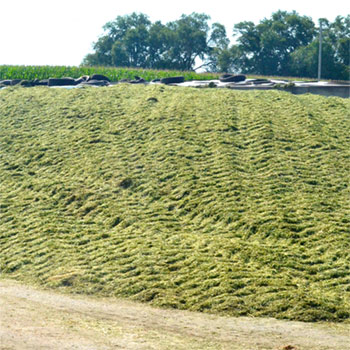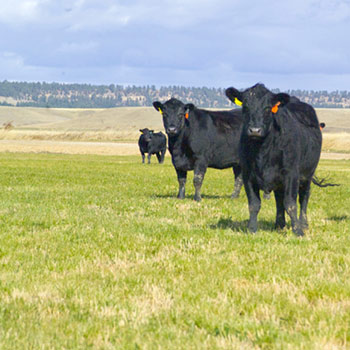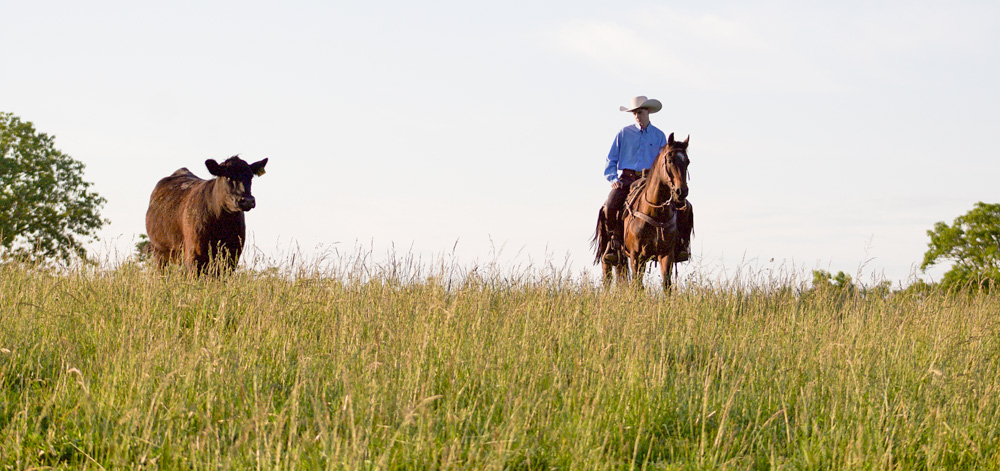
Leading the Way
White paper outlines minimal environmental impact of U.S. beef.
A white paper detailing the minimal environmental footprint of beef production in the United States was recently published by the National Cattlemen’s Beef Association (NCBA), a contractor to the Beef Checkoff. The white paper, authored by Sara Place, senior director of sustainable beef production research at the NCBA, highlights why and how the United States is the leader in sustainable beef production.
Beef greenhouse gas emissions in the United States
U.S. beef production, particularly when it comes to greenhouse gas (GHG) emissions, is often misrepresented with global statistics that fuel inaccurate reports and misconceptions. This new white paper addresses this issue by sharing the most recent data indicating that only 3.7%1 of U.S. GHG emissions come directly from beef cattle.2 By comparison, globally, beef cattle account for 6% of GHG emissions.3
To put U.S. beef production further into perspective, all of agriculture, including beef cattle and other animal and crop agriculture, accounts for 8.4% of U.S. GHG emissions.2 Comparatively, transportation accounts for 28% of GHG emissions in the United States.2 On a global scale, all livestock agriculture accounts for 14.5% of GHG emissions, which is often used inaccurately to represent U.S. beef emissions.3
These variations can largely be attributed to different regional production practices. As the white paper notes, cattle production in the United States, due to scientific advancements in beef cattle genetics, nutrition, husbandry practices, and biotechnologies, has one of the lowest beef GHG emissions intensities* in the world. In fact, GHG emissions intensity in the United States is 10-50 times lower than other parts of the world.4
Improved efficiencies
The white paper also details the results of improved efficiencies in beef cattle production in the United States during the past several decades. For example, compared to the mid-1970s, today the United States produces the same amount of beef with one-third fewer cattle.5 Furthermore, the United States produces around 18% of the world’s beef with only 8% of the world's cattle herd.6 These efficiencies are possible due to improved productivity practices, refined genetics, nutrition and scientific advancements.
In addition to more efficient cattle production, beef farmers and ranchers have dedicated themselves to being stewards of the land by focusing on preservation and enhancement of grassland ecosystems through responsible land management practices. As ruminants, cattle can convert plants with little to no nutritional value often found on these lands into a high-quality protein.
Continuous improvement
Although the U.S. beef industry is the most sustainable in the world, there is still room for improvement. In addition to research and extension and adoption of new knowledge, beef farmers and ranchers have invested in a first-of-its kind life cycle assessment to better evaluate sustainability achievements and opportunities across the entire beef life cycle. The outcome of this rigorous assessment, conducted in partnership with USDA and set to be released in the first half of 2020, will be economic, environmental and social benchmarks the beef industry can use to set new goals and measure continued improvement.
“It is clear the U.S. is leading the way when it comes to sustainable beef production,” says Place. “Not only are we producing more beef with less resources, but we are able to raise a high-quality protein while still caring for the environment. The beef industry takes pride in raising cattle sustainably, which is evident in its dedication to continued improvement.”
Read the full white paper at https://medium.com/@beefitsfordinner/u-s-cattle-production-sustainability-overview-14269749ffb1. To learn more about how U.S. beef farmers and ranchers raise beef responsibly, visit https://www.beefitswhatsfordinner.com/raising-beef/beef-sustainability.
Editor’s note: This article is from the Beef Checkoff. Photo by Lauren Gilbert, 2019 NJAA/Angus Journal Photography Contest.
*Greenhouse gas emissions per pound of beef produced.
- 1Rotz. C.A. et al., 2019. Environmental footprints of beef cattle production in the United States. Ag. Syst. 169: 1-13.
- 2U.S. Environmental Protection Agency. Inventory of U.S. Greenhouse Gas Emissions and Sinks: 1990–2017. Available at https://www.epa.gov/ghgemissions/inventory-us-greenhouse-gas-emissions-and-sinks-1990-2017, accessed Aug. 7, 2019.
- 3Gerber, P.J., et al., 2013. Tackling climate change through livestock — A global assessment of emissions and mitigation opportunities. Food and Agriculture Organization of the United Nations (FAO), Rome.
- 4Herrero, M., et al., 2013. Biomass use, production, feed efficiencies, and greenhouse gas emissions from global livestock systems. Proc. Natl. Acad. Sci. 110: 20888–20893.
- 5USDA NASS Quick Stats Tools. Available at https://www.nass.usda.gov/Quick_Stats/, accessed Aug. 7, 2019.
- 6UN FAOSTAT database. Available at http://www.fao.org/faostat/en/#home, accessed Aug. 7, 2019.

